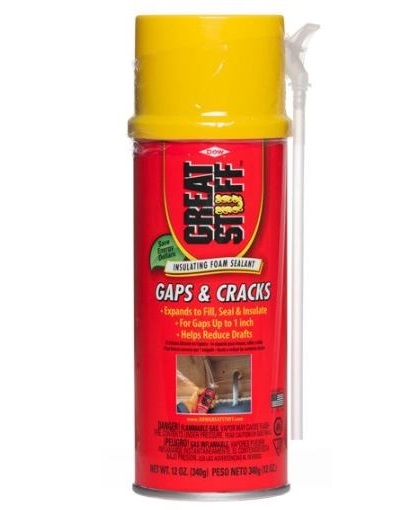Residential Comfort & Energy EfficiencyFriday, April 16 2021
If you are considering attic insulation then it is natural to want to compare the different types that are out there before deciding which one is best for you. When it comes to retrofitting our homes - we always want the best materials on the market. There is a real push to be cutting edge. Generally, the more advanced the product the longer it lasts and better it performs. When a person living inside a home finally takes the step of researching insulation then there is some driving force, usually it is related to comfort issues. That means emotions can be running high. The problem must be solved. I will throw everything and the kitchen sink at it! Cutting edge! So use this article to put the ice on your plans and be sure to think things through. I work with different insulation materials every day. I perform testing and assessments, prescribe measures for houses with insufficient insualtion, manage the work when people take the next step and then test the house out to measure the results. Use my experiences to formulate your plan. Also keep this in mind. When it comes to insulation, it is very "physical" in nature. What I mean is that when you establish an R-value with any material and it is properly sealed, then it is always best to find the least expensive way to arrive at that place because you will get no better performance from spray foam over any other material, unless the spray foam is used in the right applications. When used appropriately, spray foam will undoubtedly out perform other modern and yet, traditional methods. So, knowing with to use spray foam and when not to use spray foam can really go a long way when planning an insulation job at your house. A Building Analyst's View Let's consider driving to the city. Doesn't matter which city. Can be anywhere in the world. Tell me this: what person is gonna set out to find the longest, most expensive route to get the city? Virtually nobody! Also, tell me this: when is the last time you thought about your insulation in terms of what it looks like or how many bells and whistles it has? My point, who needs the Mercedes Benz of attic insulation? The real question should be: Let's dive into that for a moment. Two-Part Spray FoamTwo-part spray foam should not be confused with the spray foam you see more often in home improvements. There is a significant difference in an aerosol spray foam cannister you can buy at the local hardware store compared to the more advanced materials that are instantaneously mixed during a two-part spray foam application which causes a chemical reaction. Two-part spray foam is a great solution for insulating surfaces that are not easy to reach or are not flat. Here is an important spray foam insulation fact: The biggest advantage to using two-part spray foam during an insulation job is that the two-part spray foam air seals and insulates in one application and it can do so over a wide array of surface types. Air SealingHere is the next critical fact: Air sealing can be successfully done at a much lower cost using one-part foam with special extensions for getting into small crevices around framing and drywall. Air sealing should be done with every attic insulation project, but it does not and should not make the project less cost-effective. An air barrier is very important so when the situation is right, using a more expensive material makes sense in the long run. But, when you have accessible areas to treat, it makes more sense to take the path of least resistance (on the wallet, that is). R-ValueAt the end of the day, you need to determine what is the recommended R-value for the surface area you are treating. There are many ways to achieve your recommended R-value. But, if it costs double per square foot to use spray foam vs. traditional air sealing and insulation methods, then what is the point?
________________ Written by Eric Gans I would like to hear your comments about this article. Feel free to post something below... Comments:
|








